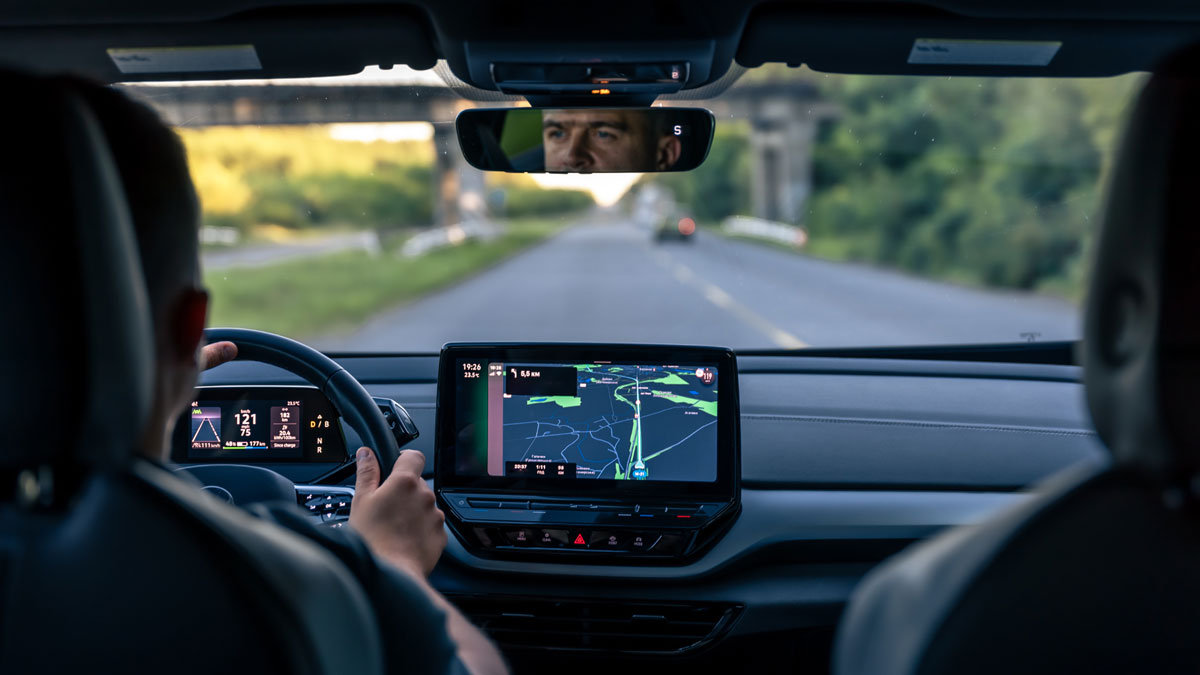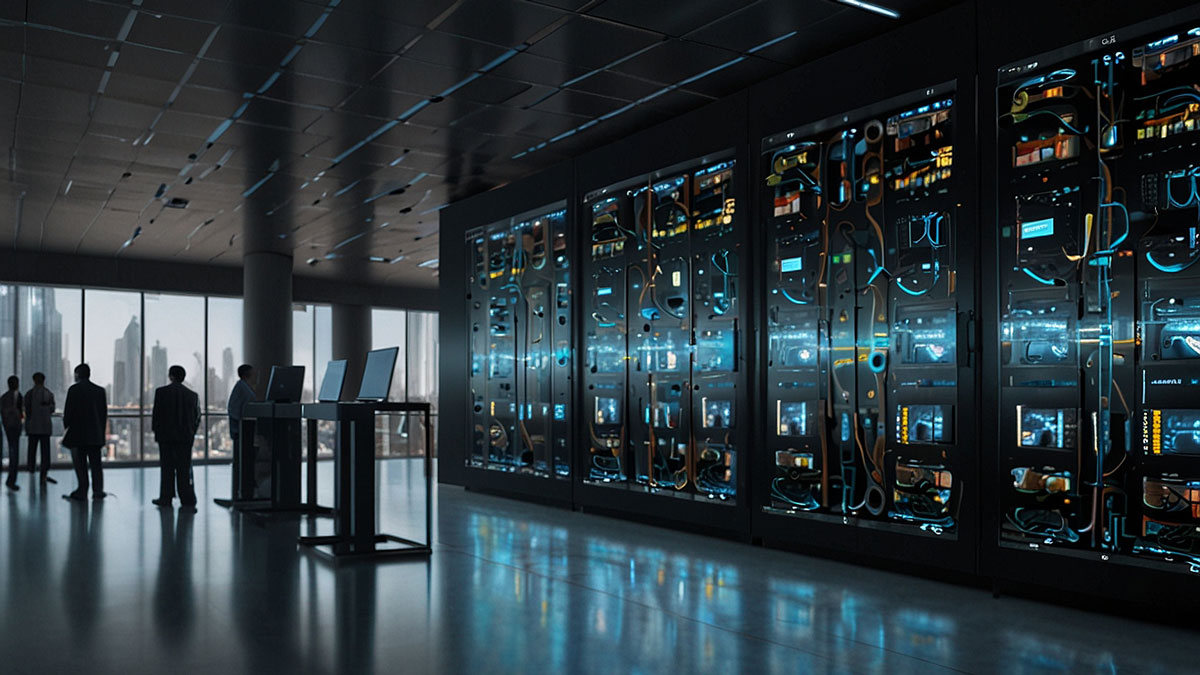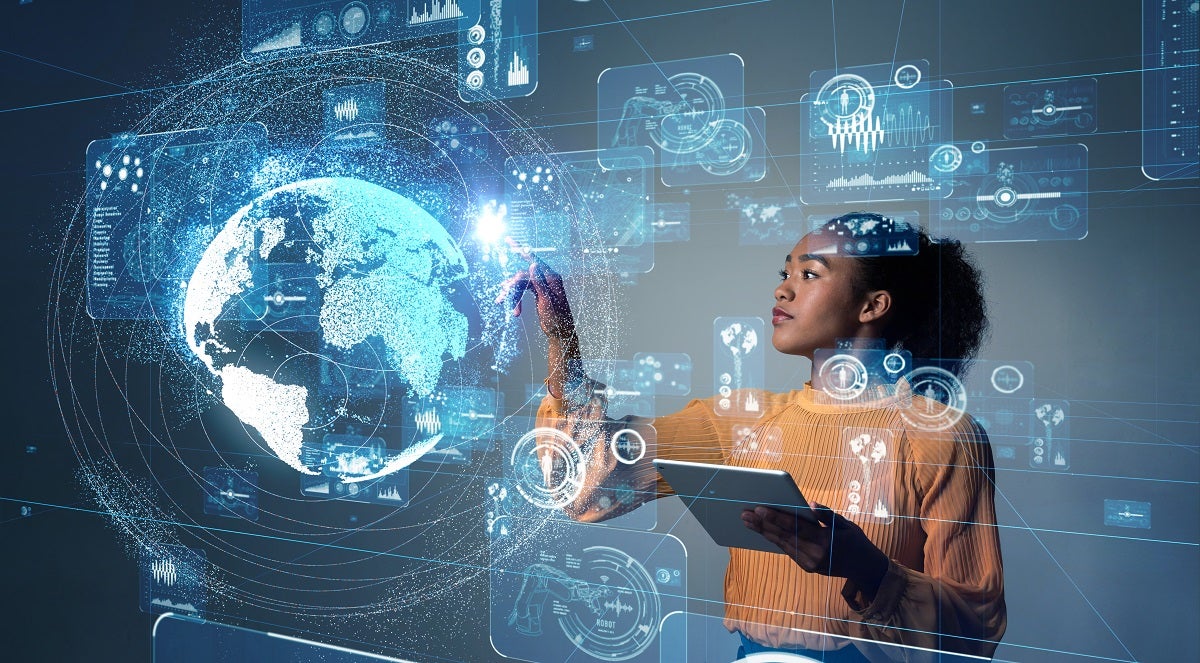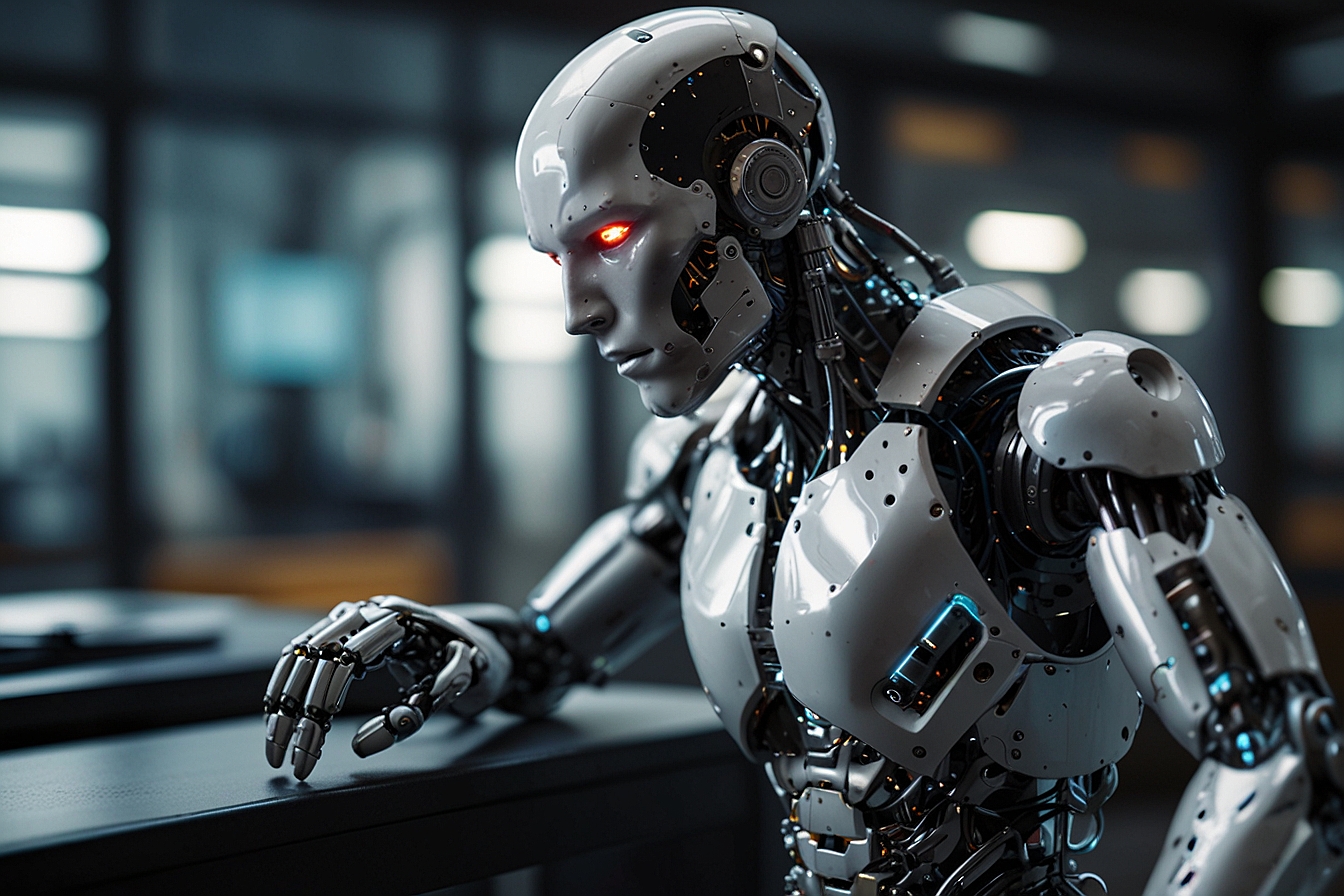There’s something undeniably romantic about the open road: the hum of the engine, the vastness of the horizon, and the endless string of discoveries waiting around each bend. Cross-country road trips aren’t just about reaching a destination — they’re about immersing yourself in the landscapes, histories, and cultures that make each region unique.
Whether you dream of winding through desert canyons, cruising past rolling farmland, or stopping in tiny towns full of character, a cross-country road trip invites you to experience a country from the ground up, one mile at a time.
Why Road Trips Remain the Ultimate Adventure
Unlike flights that whisk you from point A to point B in hours, road trips encourage slow travel. You witness the gradual shift in scenery, dialects, cuisine, and traditions. One moment, you’re watching sunrise over a misty forest; a few hundred miles later, you’re savoring a sunset on a salt flat.
Road trips offer flexibility: you can linger in a town that captures your heart, take spontaneous detours, or camp under the stars in a national park. They’re also surprisingly social — conversations with locals, roadside diners full of stories, and the occasional fellow traveler heading the same way all enrich the experience.
Iconic Cross-Country Routes Worth Exploring
1. USA: Route 66 – The Mother Road
Stretching from Chicago to Santa Monica, this legendary highway spans over 2,400 miles and captures the spirit of Americana. You’ll pass through eight states, experiencing everything from bustling cities to ghost towns, neon-lit diners to quirky roadside attractions like the Cadillac Ranch in Texas.
Cultural Highlight:
Stop in Tulsa, Oklahoma for live jazz or visit the Route 66 Museum in Clinton to dive deeper into this historic journey.
2. Australia: The Big Lap
Australia’s Big Lap circles the entire continent via Highway 1, covering over 14,000 kilometers. This epic journey takes you through rugged outback landscapes, tropical rainforests, sun-soaked beaches, and cosmopolitan cities like Sydney and Melbourne.
Cultural Highlight:
Spend time with Indigenous communities in the Northern Territory to learn about Australia’s oldest living cultures.
3. Europe: The Atlantic Road (Norway)
Though shorter than traditional cross-country routes, Norway’s Atlantic Road offers breathtaking driving across a series of islands connected by dramatic bridges. Continue your trip inland to explore towering fjords and charming Nordic villages.
Cultural Highlight:
Sample traditional Norwegian cuisine like fresh seafood stews and explore Viking heritage sites along the way.
4. South Africa: Johannesburg to Cape Town
This roughly 1,400-kilometer journey is a showcase of South Africa’s stunning diversity. From the Drakensberg Mountains to the semi-arid Karoo, and finally to the iconic Table Mountain, every hour brings a change in scenery and culture.
Cultural Highlight:
Visit the townships near Cape Town for a vibrant, authentic taste of local life and history.
Making the Most of Your Cross-Country Road Trip
Plan (But Leave Room for Spontaneity):
Mapping out your major stops ensures you don’t miss must-see sights, but some of the best experiences come from unplanned detours — a local festival, an unexpected scenic byway, or a hidden beach.
Embrace Local Flavors:
Skip the chain restaurants when possible. Eat where the locals eat — whether it’s barbecue in Texas, seafood chowder in Nova Scotia, or biltong in South Africa. Food is a direct gateway into a region’s culture.
Connect with Communities:
Stay in family-run inns, shop at farmer’s markets, attend local events. Each interaction enriches your understanding of a place and supports the local economy.
Respect the Land:
Practice Leave No Trace principles, especially when exploring natural landscapes. Road trips are about appreciating the earth’s beauty — help preserve it for those who follow.
Pack Essentials:
A reliable GPS (and a paper map backup), plenty of water, a first aid kit, snacks, a good playlist, and a spirit of curiosity are must-haves for the road.
Final Thought:
Cross-country road trips are transformative journeys. They allow you to peel back the layers of a country and experience its true heart — not from 35,000 feet above, but through every small-town diner, every dusty roadside stand, and every breathtaking overlook.
So fuel up, roll down the windows, and set your sights on the road ahead. Adventure — in all its scenic, cultural, and unforgettable forms — is waiting just beyond the next curve.













